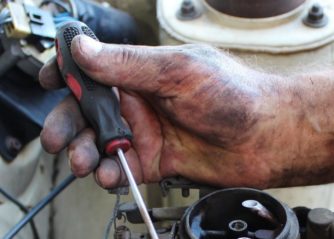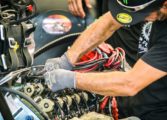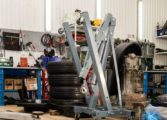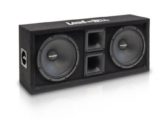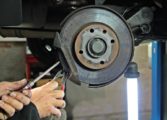Classic American Cars: A Comprehensive Guide to the Iconic Automobiles

Introduction:
American cars have always held a special place in the hearts of car enthusiasts worldwide. Known for their bold designs, powerful engines, and timeless appeal, classic American cars have become icons of automotive history. In this article, we will provide a detailed overview of classic American cars, exploring their types, popularity, and unique features. We will also delve into the quantitative measurements of these cars, discussing their performance data. Furthermore, we will examine the differences between various classic American car models and analyze their historical advantages and disadvantages. Finally, we will shed light on the crucial factors that influence car enthusiasts’ decisions when purchasing these remarkable vehicles.
I. An In-Depth Overview of Classic American Cars:

Classic American cars encompass a wide range of automobiles produced in the United States from the early 1900s to the late 1970s. These cars reflect the golden era of American automobile manufacturing, capturing the essence of American culture and innovation. From iconic muscle cars like the Ford Mustang and Chevrolet Camaro to luxurious land yachts like the Cadillac Eldorado, classic American cars offer a diverse range of styles, sizes, and performance levels. These automobiles evoke nostalgia for a bygone era, characterized by their distinctive designs and powerful engines.
II. Types and Popularity of Classic American Cars:
Classic American cars can be categorized into several types, each representing a unique era and style. Some popular types include muscle cars, hot rods, pony cars, and luxury cruisers. Muscle cars, such as the Pontiac GTO and Dodge Challenger, are known for their high-performance engines and aggressive looks. Hot rods are heavily modified classic cars, often customized for speed and style. Pony cars, epitomized by the Ford Mustang, offer a blend of affordability and performance, making them a favorite among car enthusiasts. Luxury cruisers, like the Cadillac Fleetwood and Lincoln Continental, prioritize comfort and elegance, appealing to those seeking a more refined driving experience.
III. Quantitative Measurements of Classic American Cars:
When it comes to classic American cars, quantitative measurements play a vital role in capturing the essence of their performance. Horsepower, torque, acceleration, and top speed are crucial factors that enthusiasts consider when evaluating these iconic automobiles. For example, the Chevrolet Corvette Stingray, with its powerful V8 engine, boasts impressive horsepower and acceleration figures. Additionally, fuel efficiency, weight distribution, and braking capabilities provide further insights into the overall performance of classic American cars.
IV. Exploring the Differences between Classic American Cars:
Despite sharing similarities in their overall design, classic American cars exhibit striking differences in terms of styling, engine options, and driving dynamics. The Chevrolet Chevelle, with its sleek and aerodynamic lines, offers a contrasting design compared to the boxy and robust Ford Mustang. Furthermore, while some classic American cars focus on straight-line acceleration, others prioritize handling and cornering abilities. These distinctions provide a diverse range of options for car enthusiasts seeking a specific driving experience.
V. Historical Advantages and Disadvantages of Classic American Cars:
Classic American cars have a rich history, with different models embodying both advantages and disadvantages. For instance, some models, like the Ford Model T, revolutionized the automotive industry by introducing mass production techniques, making cars more affordable for average consumers. On the other hand, certain models faced reliability issues, such as frequent breakdowns or poor fuel efficiency. Understanding the historical context of each classic American car model helps enthusiasts appreciate the advancements made in automotive technology over time.
VI. Crucial Decision Factors for Car Enthusiasts:
When purchasing classic American cars, there are several factors that car enthusiasts take into consideration. These factors include aesthetics, rarity, originality, condition, and investment potential. Collectors often seek out vehicles with unique features or limited production numbers, as this increases the vehicle’s value over time. Additionally, the authenticity of the car, including original parts and correct paint colors, is highly desirable for enthusiasts. Balancing these factors is crucial to finding the perfect classic American car that meets both personal preferences and investment goals.
Conclusion:
Classic American cars hold an enduring appeal for car enthusiasts, capturing the essence of American automotive history. With their timeless designs, powerful engines, and diverse range of types, classic American cars continue to fascinate and inspire. Through this comprehensive guide, we have explored the overviews, types, popularity, quantitative measurements, differences, historical advantages, and crucial decision factors surrounding these iconic automobiles. Whether you’re a dedicated car collector or simply admire the beauty and craftsmanship of these vehicles, classic American cars are sure to leave a lasting impression.


